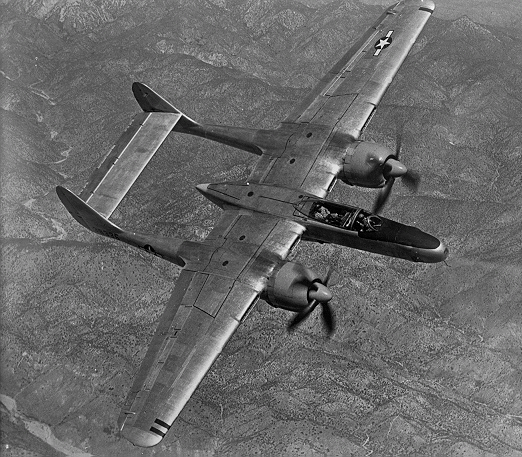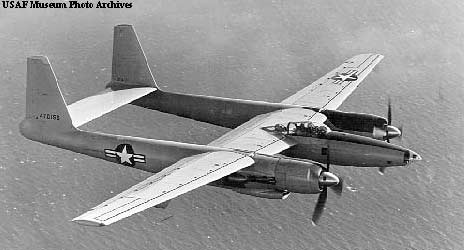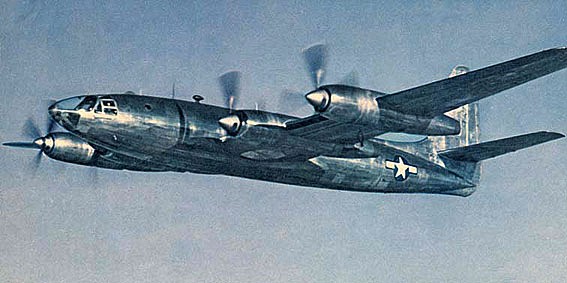BarnOwlLover
Staff Sergeant
I know that this is highly loaded, since F-6Hs never got made (and probably weren't even proposed by the time all but the first 555 batch got made and the rest cancelled post war), but given that there were F-6 versions of other P-51s, what would a F-6H fighter/recon Mustang would've been like?
Namely, where would the cameras have been carried? The sideways firing/oblique cameras are sort of obvious, but I'm wondering about carrying a vertical camera. Would it have to be mounted way back in the fuselage, or one not carried at all? This is because of how far the radiator exit duct reaches back/how it's fared into the fuselage compared to the other Merlin powered Mustangs.
I know that on the P-/F-82 it was proposed to use the old "gun pod" style attachment to carry vertical cameras, though that saw no actual use (though was tested). Would maybe if it can't fit in the fuselage, could a drop tank be used to carry a vertical camera?
Namely, where would the cameras have been carried? The sideways firing/oblique cameras are sort of obvious, but I'm wondering about carrying a vertical camera. Would it have to be mounted way back in the fuselage, or one not carried at all? This is because of how far the radiator exit duct reaches back/how it's fared into the fuselage compared to the other Merlin powered Mustangs.
I know that on the P-/F-82 it was proposed to use the old "gun pod" style attachment to carry vertical cameras, though that saw no actual use (though was tested). Would maybe if it can't fit in the fuselage, could a drop tank be used to carry a vertical camera?



